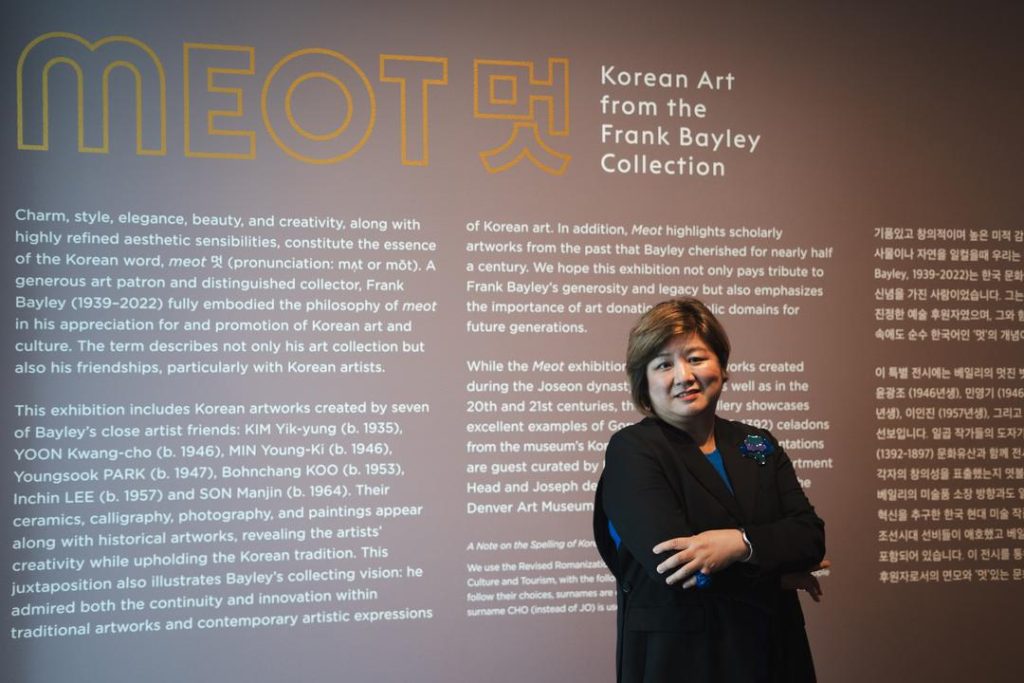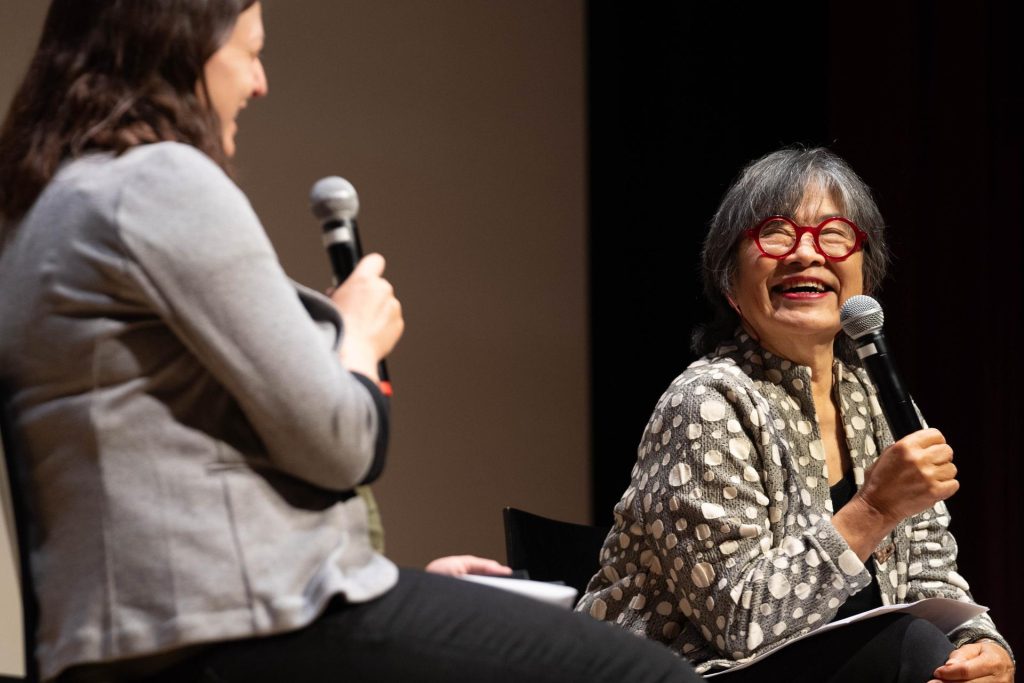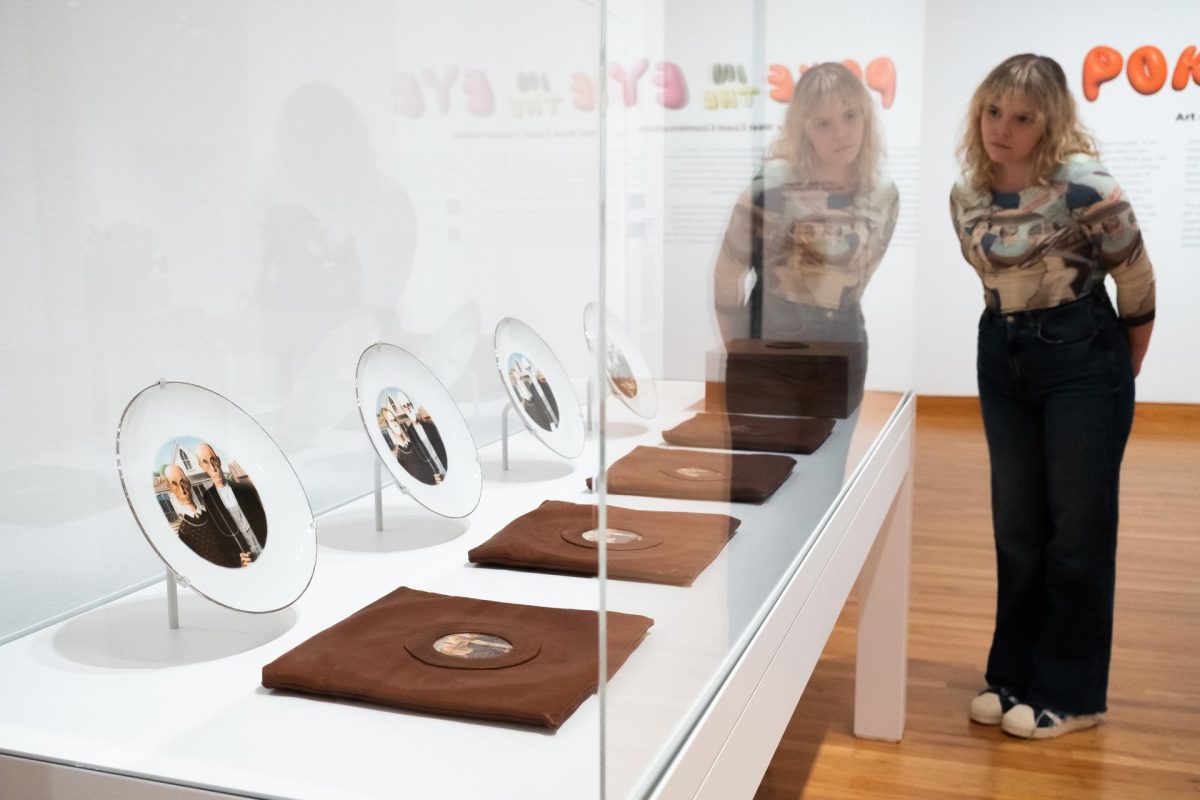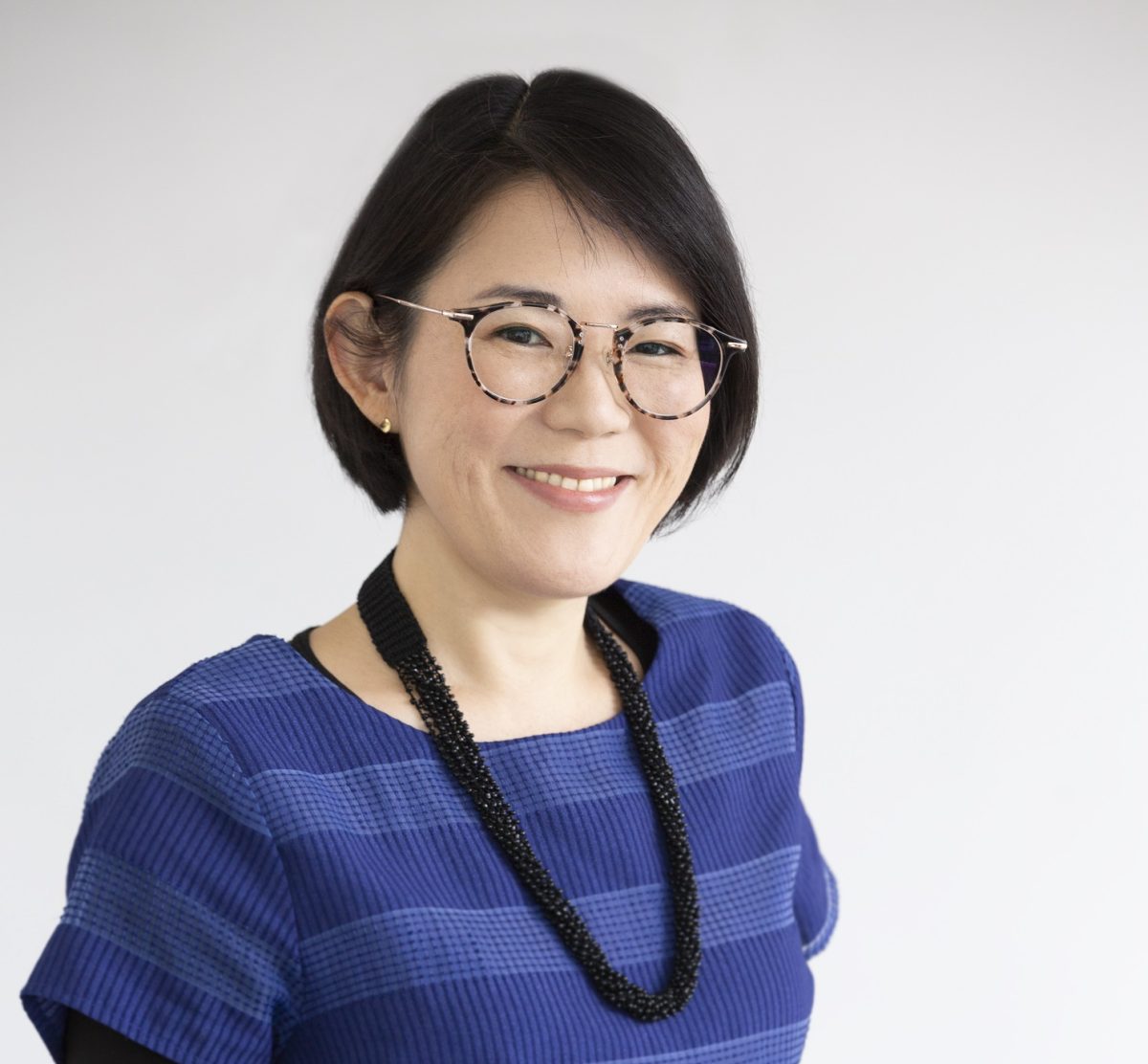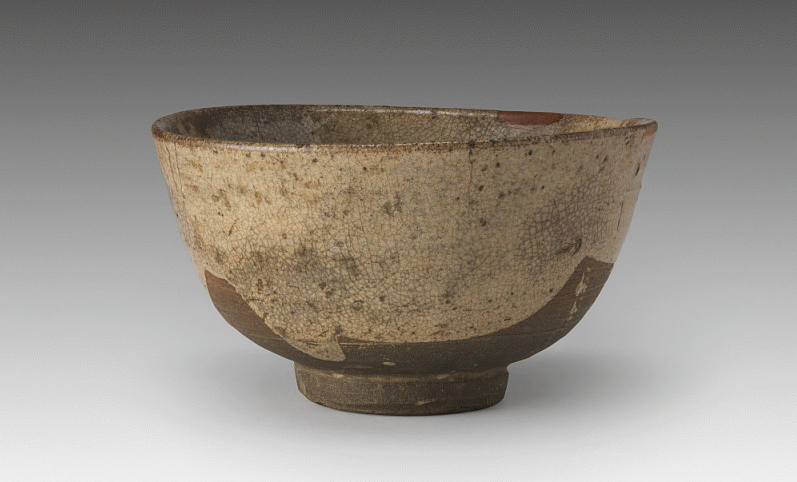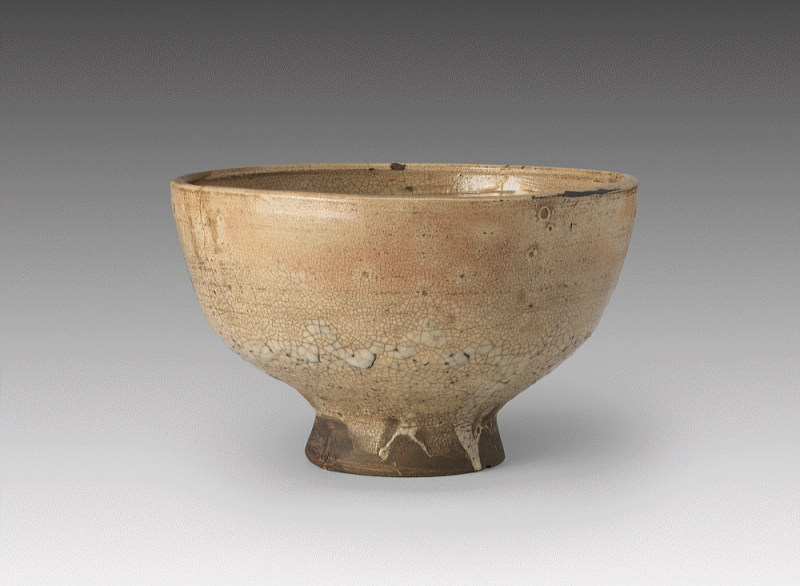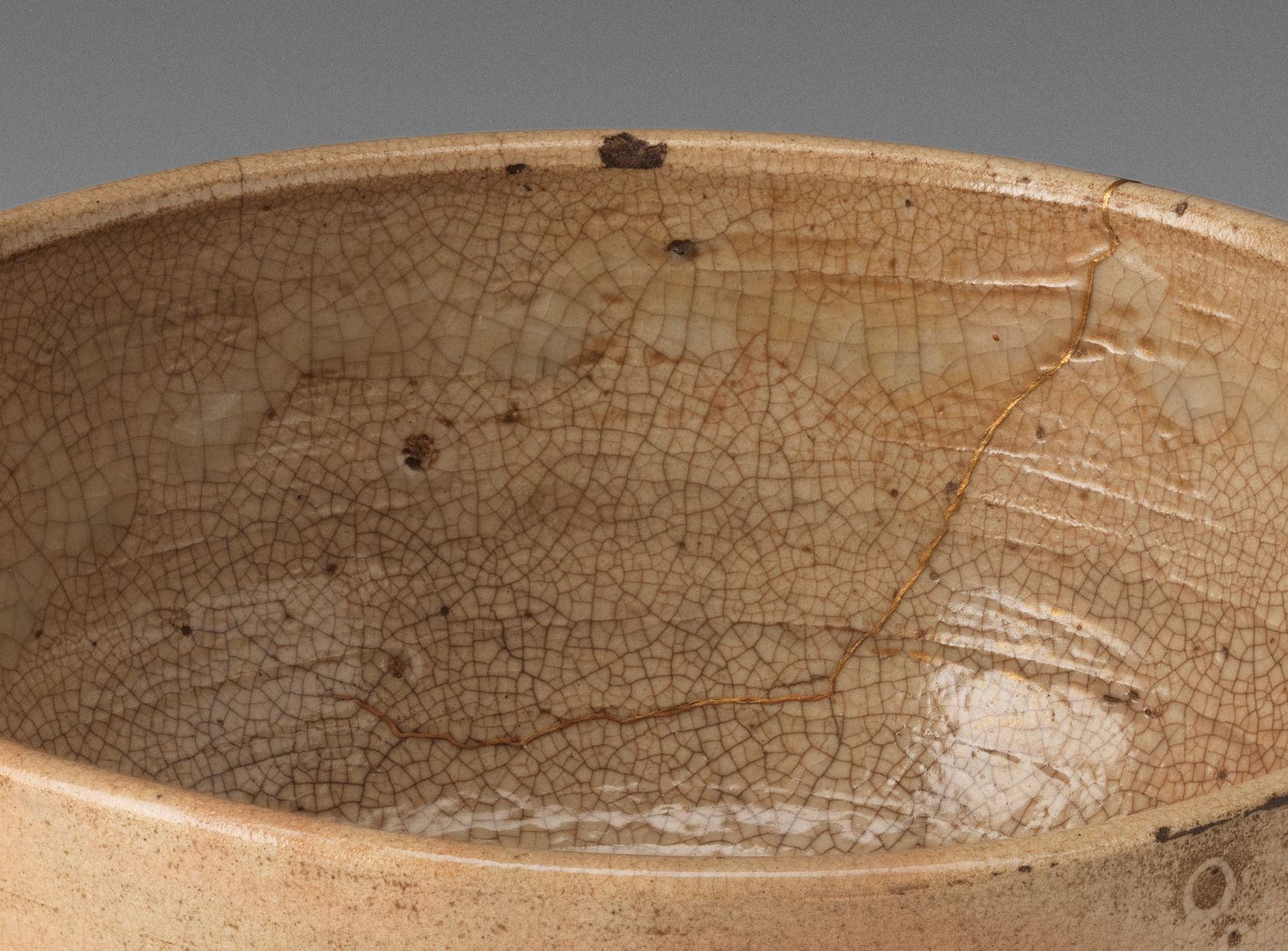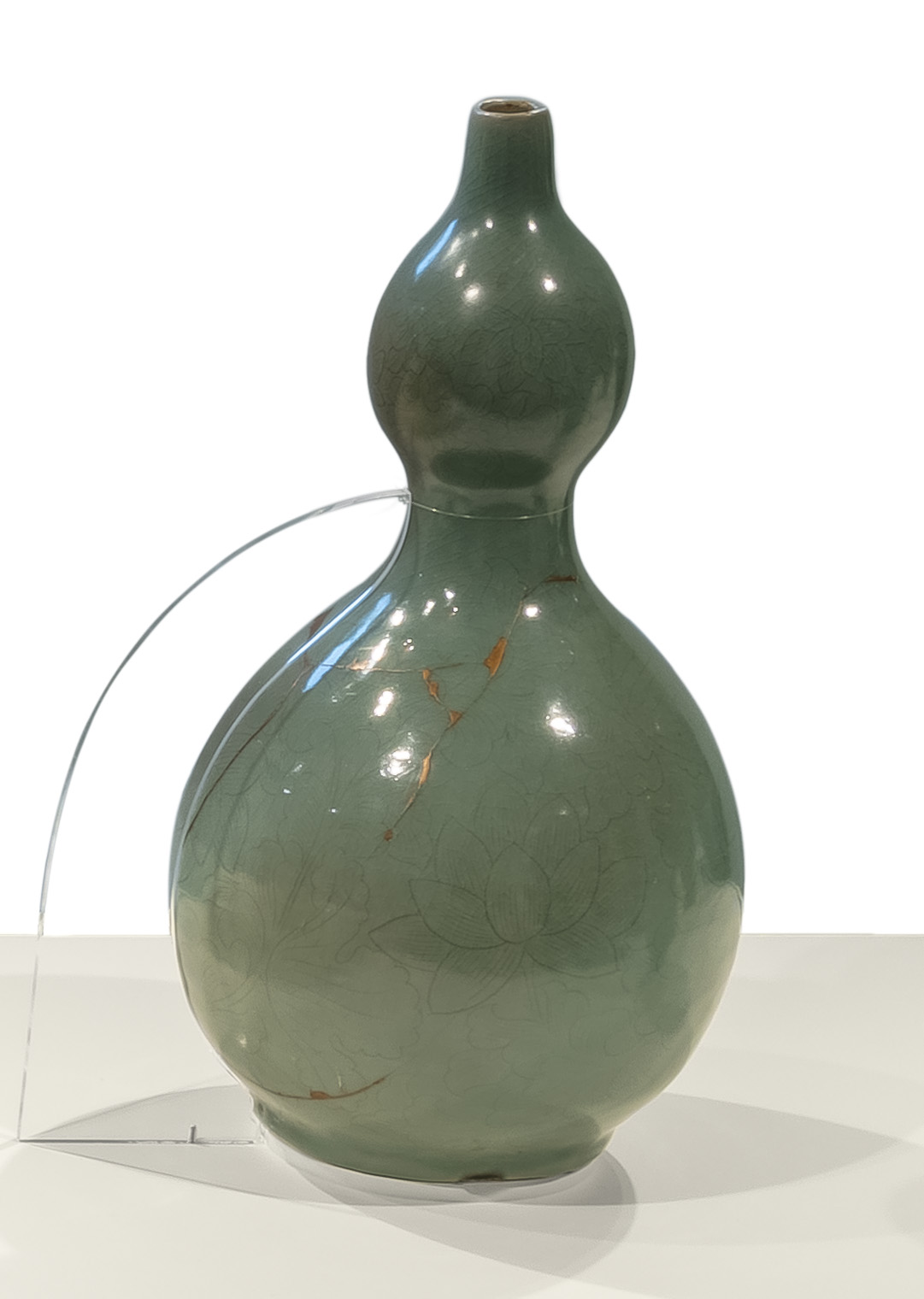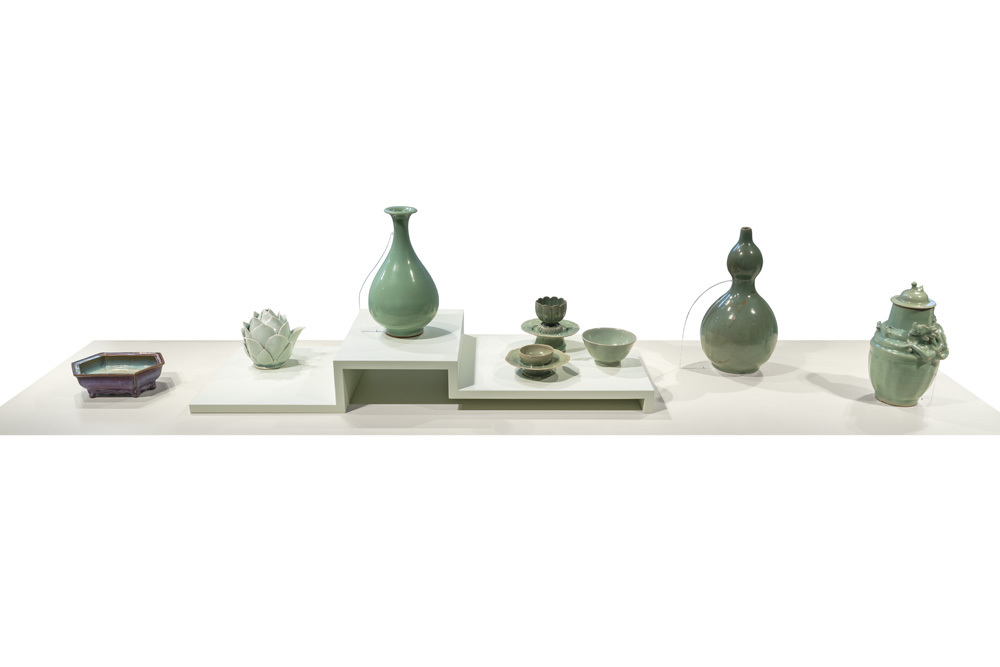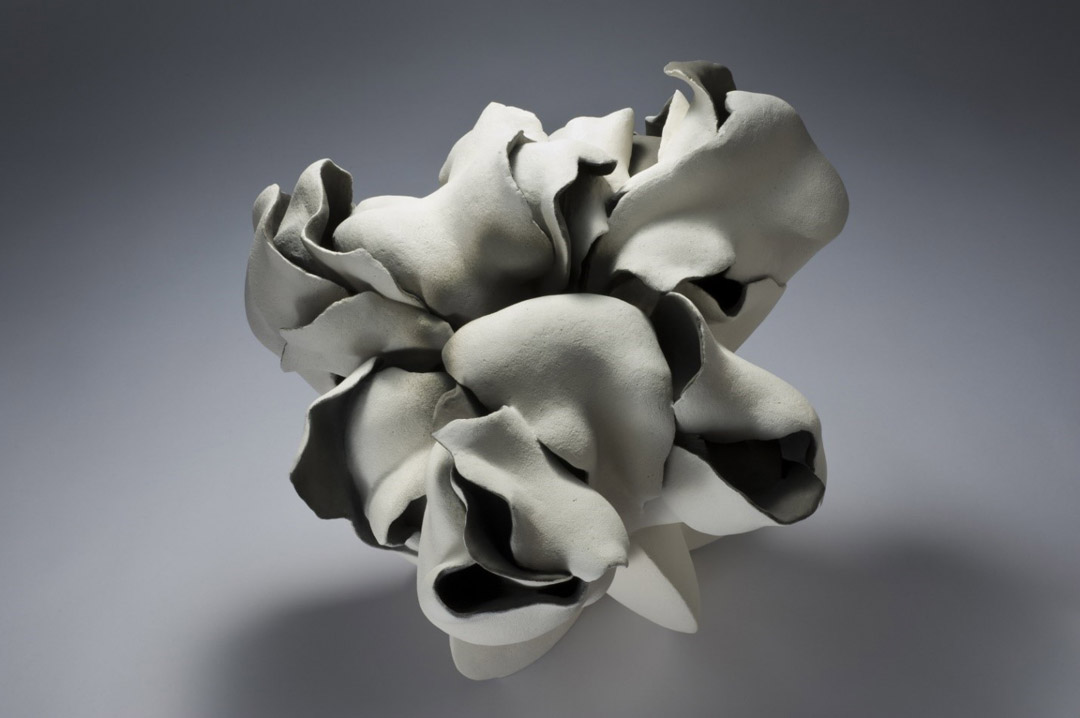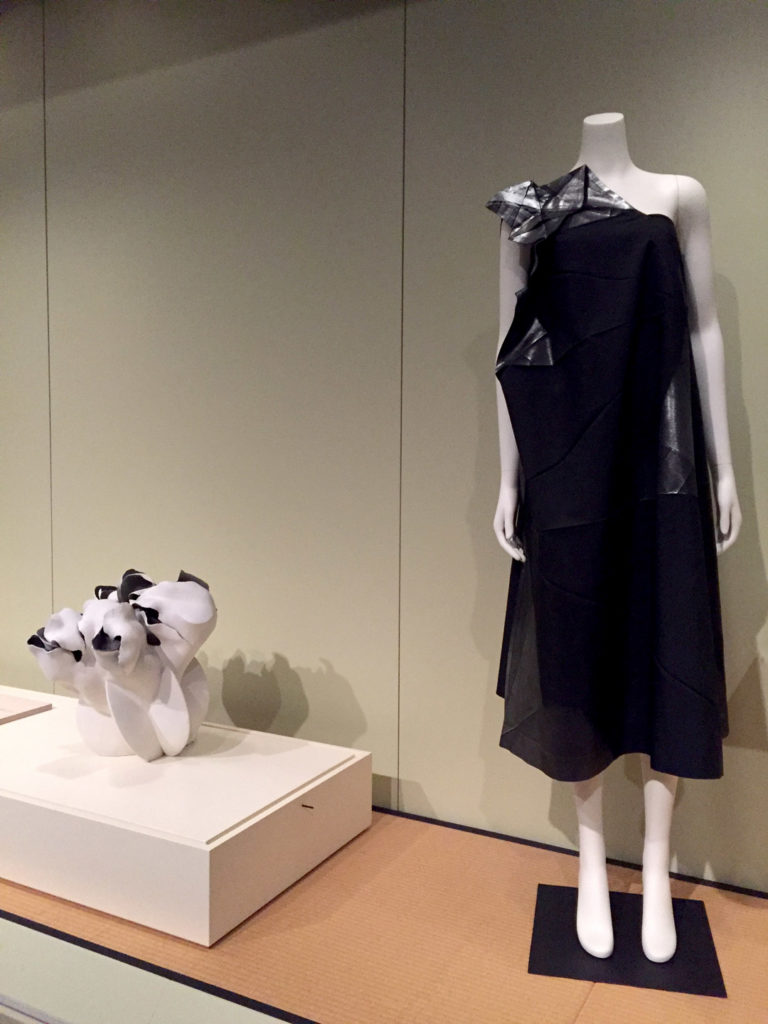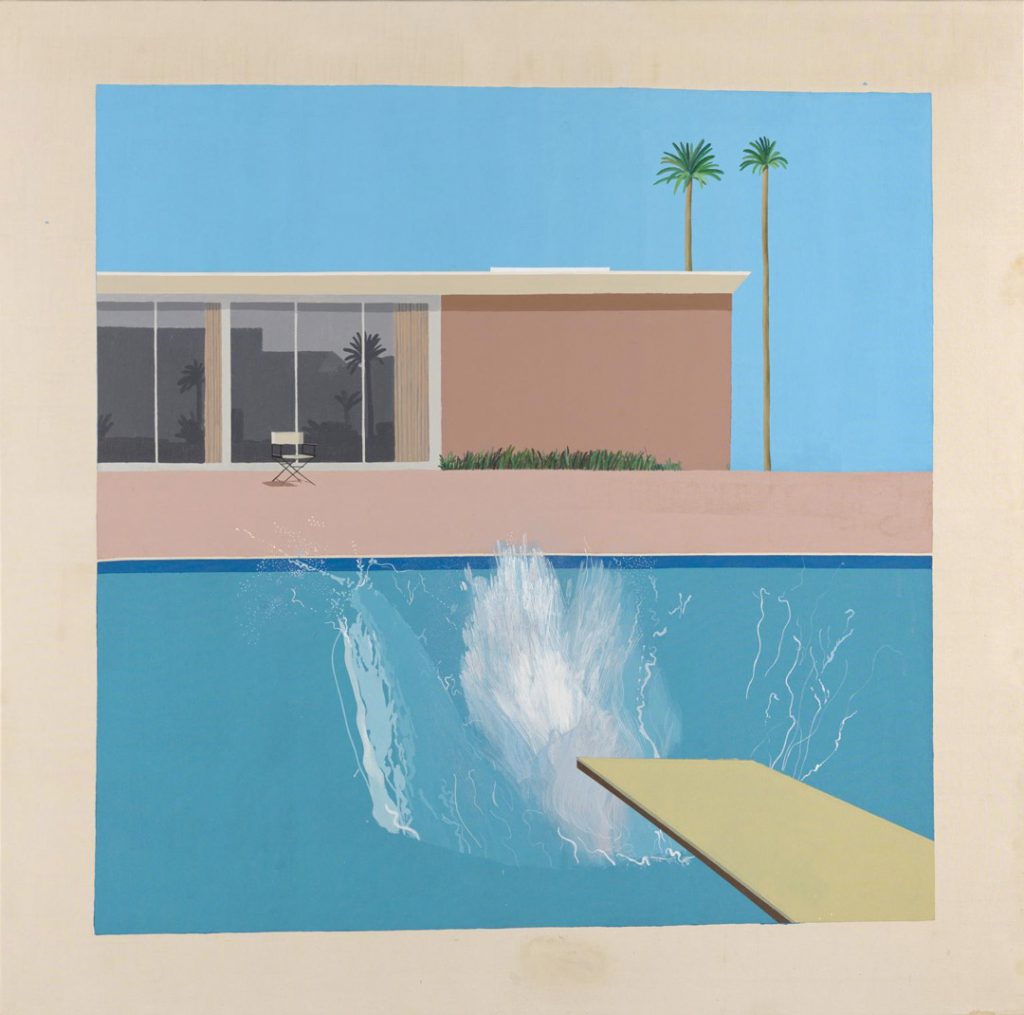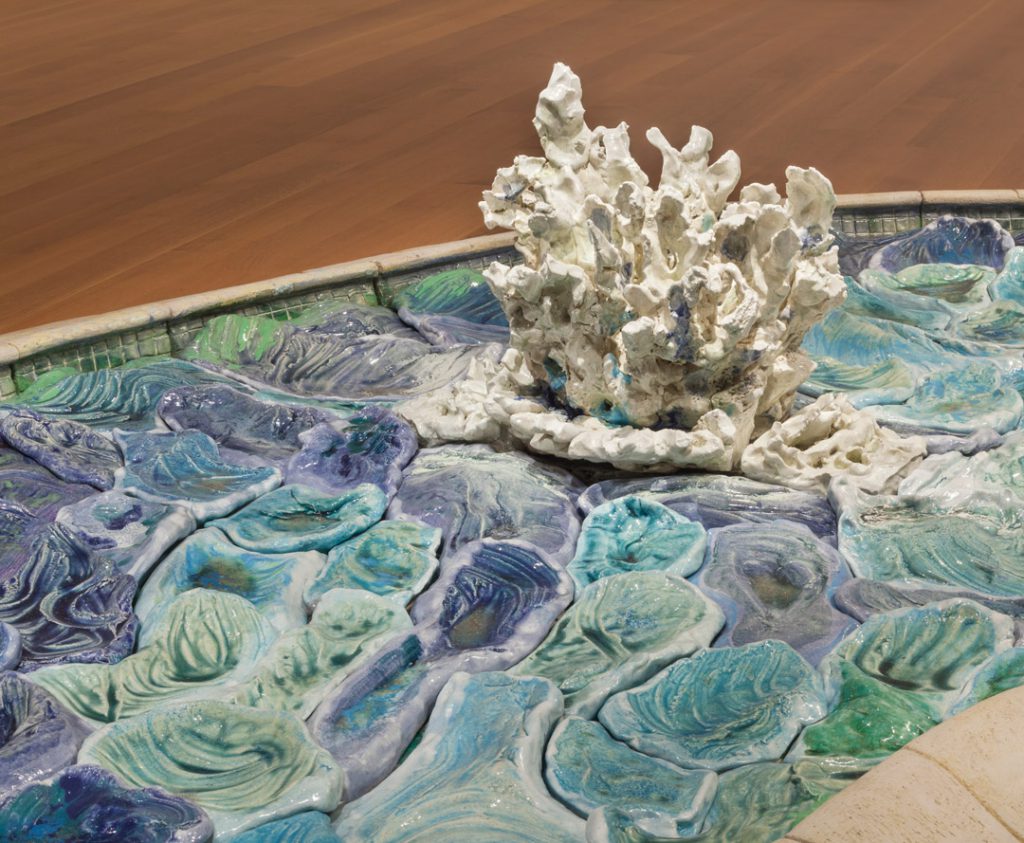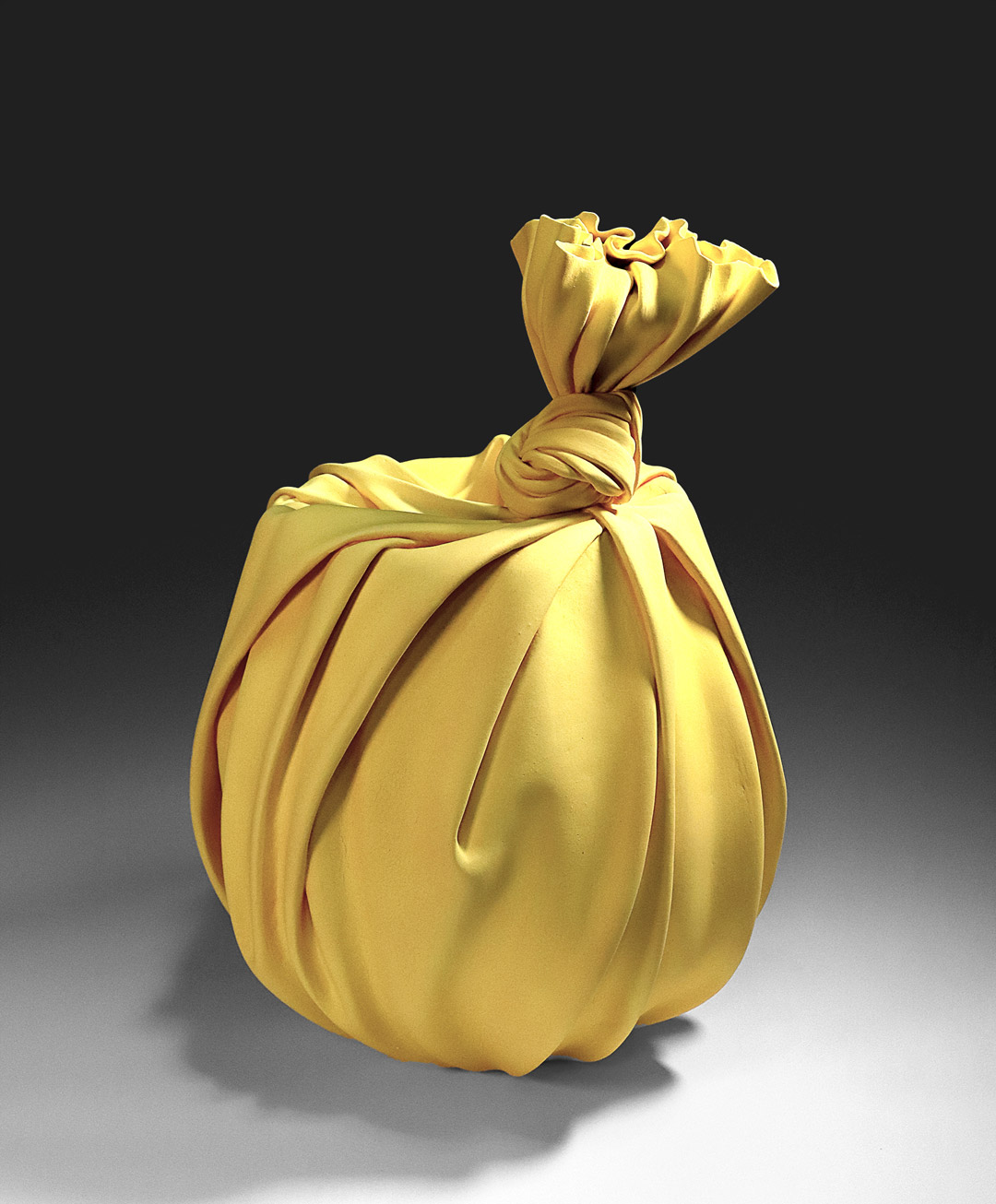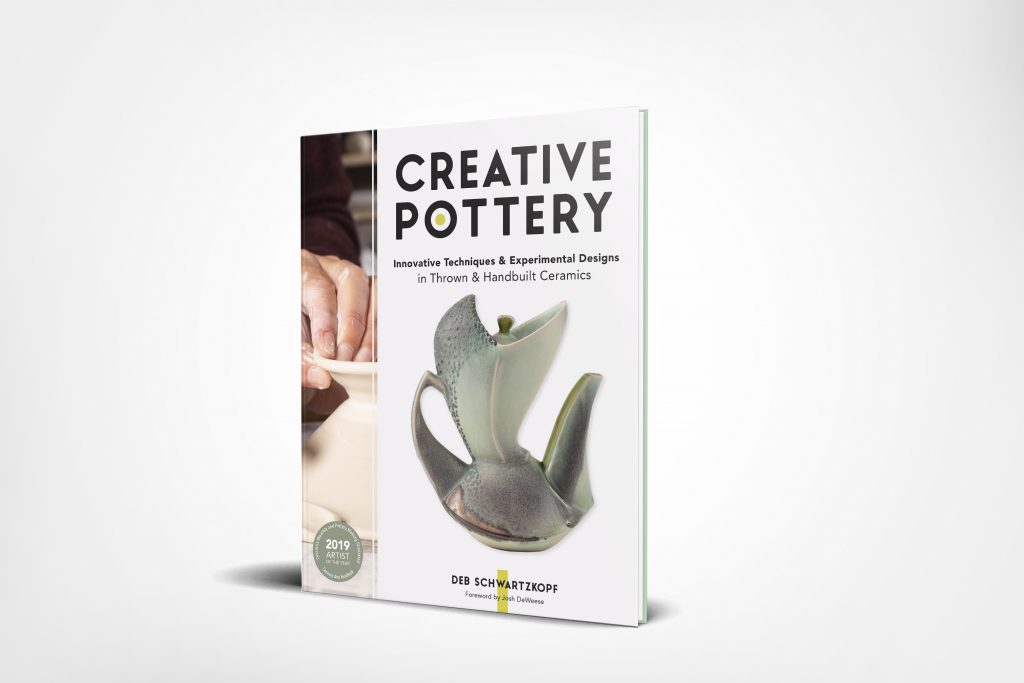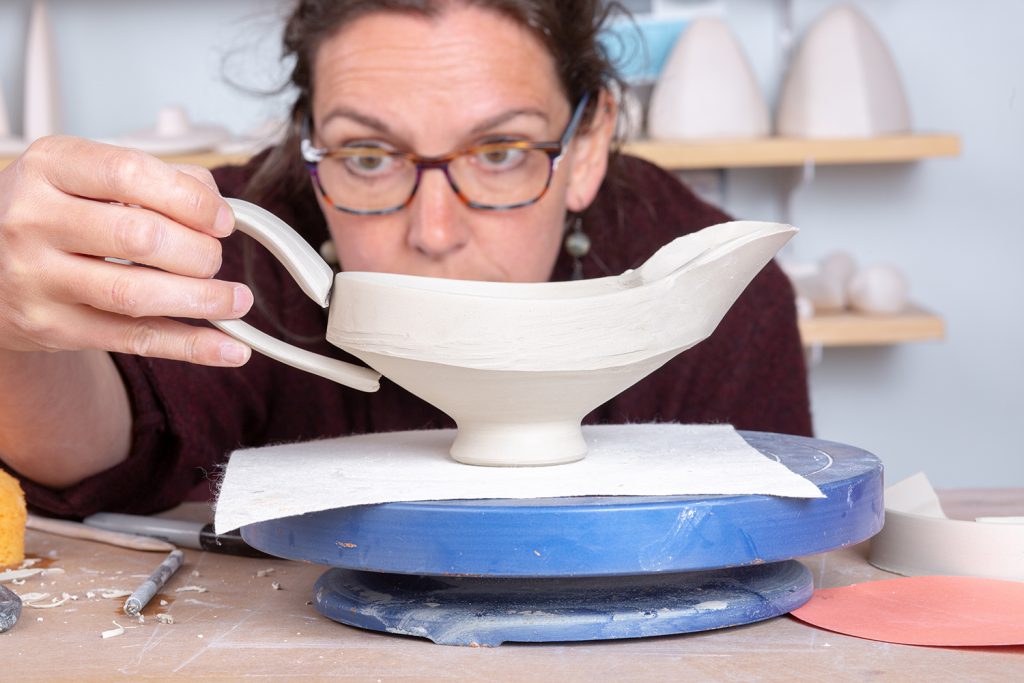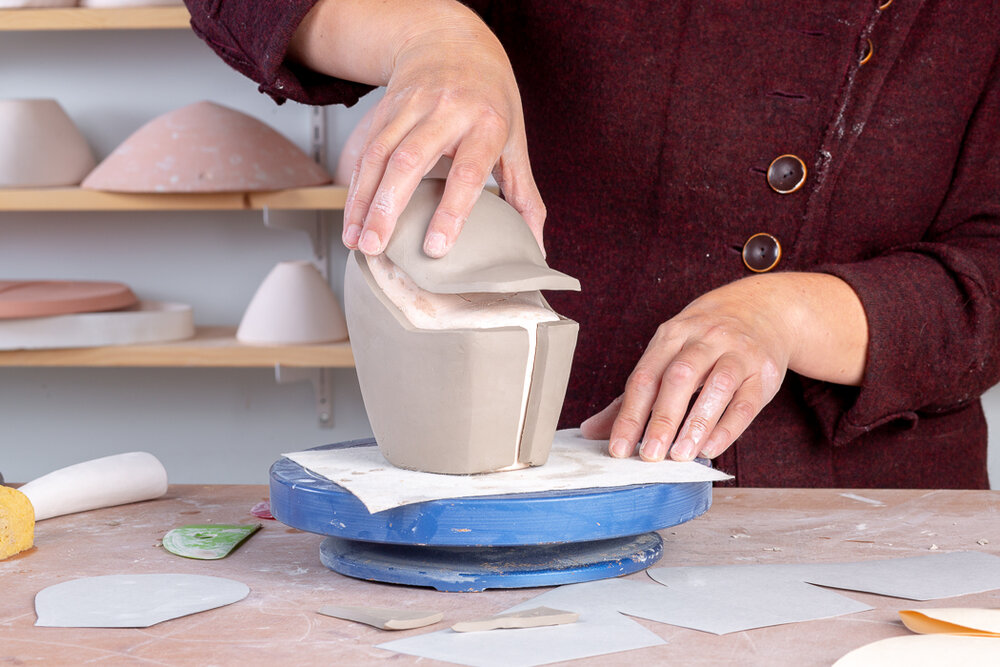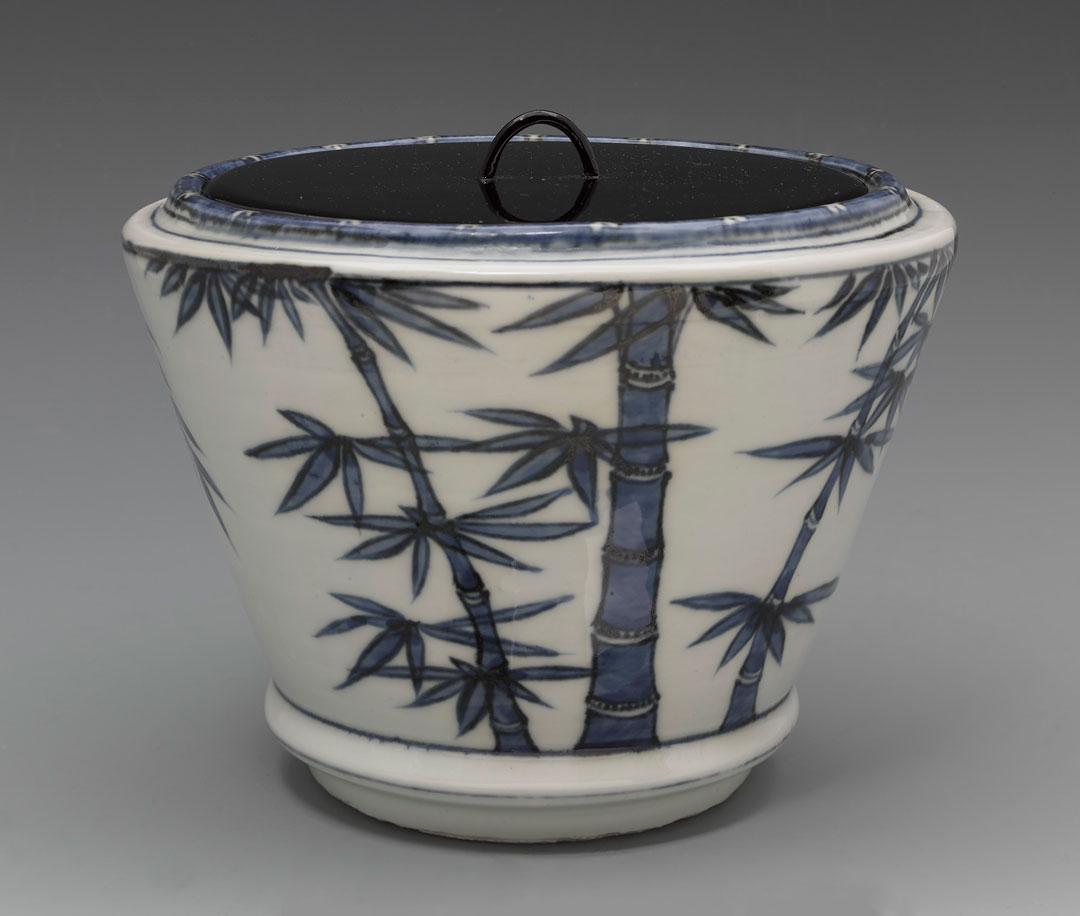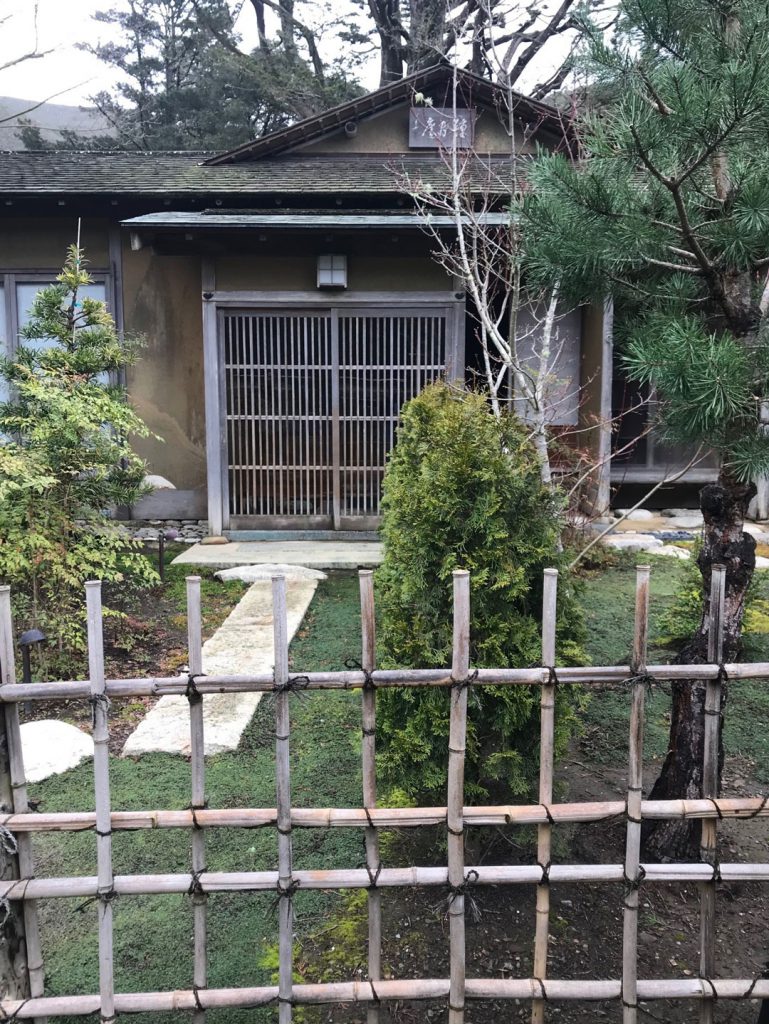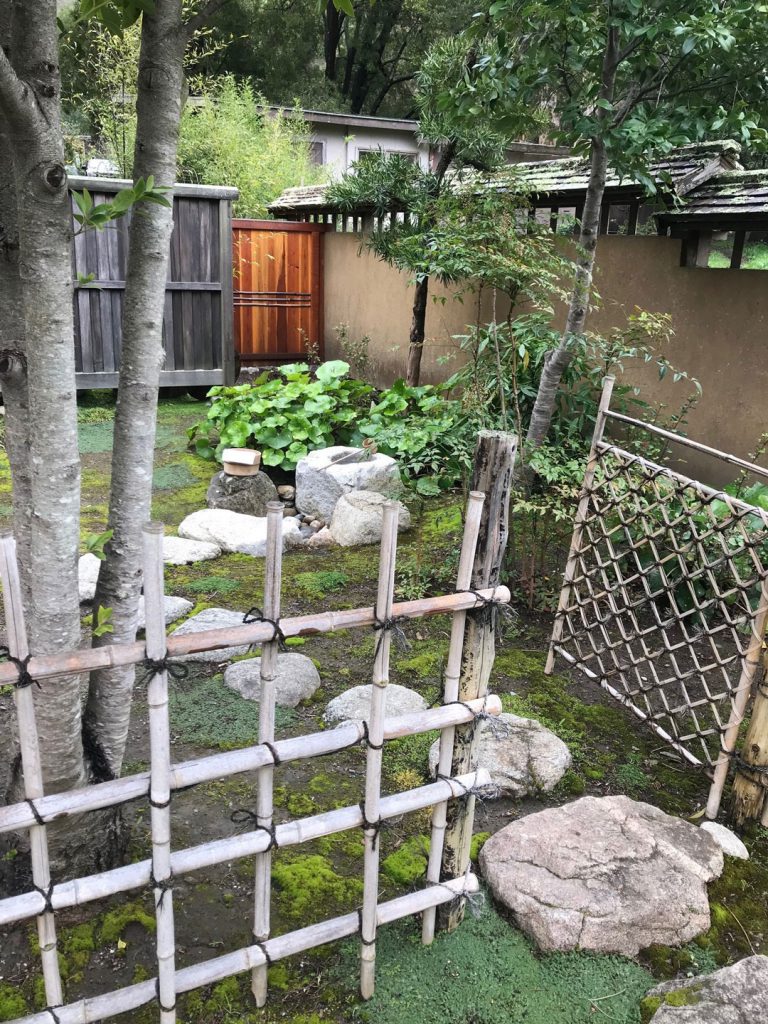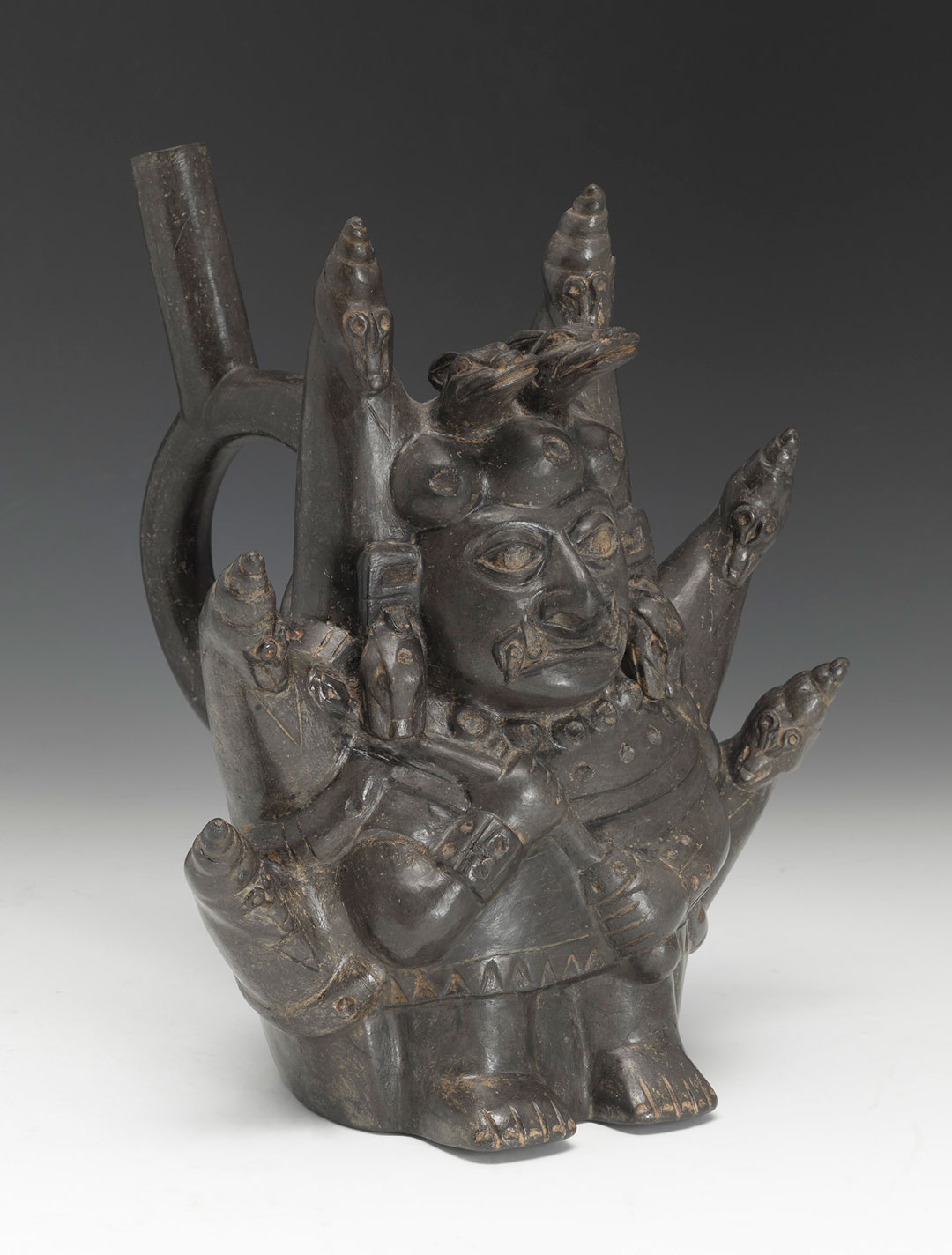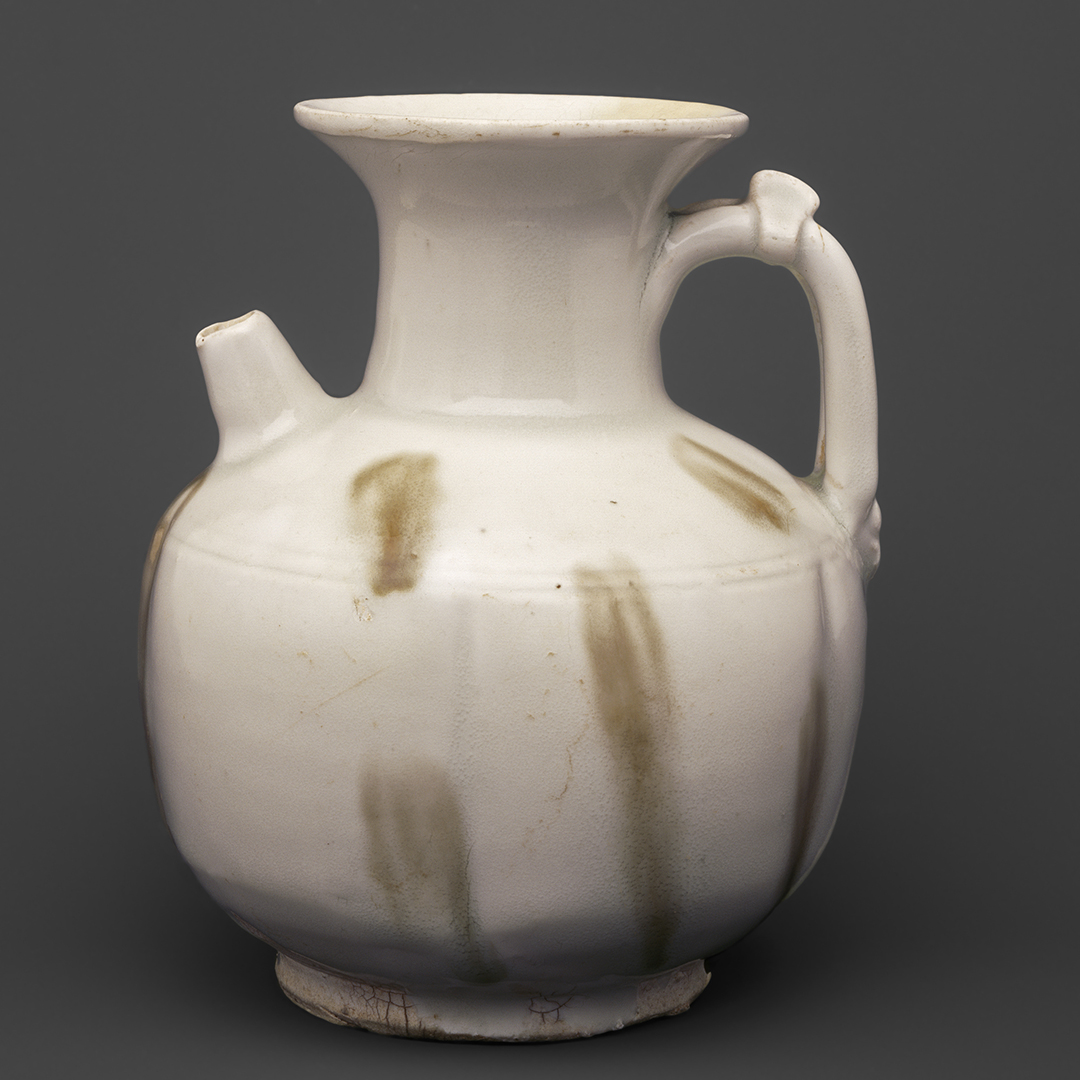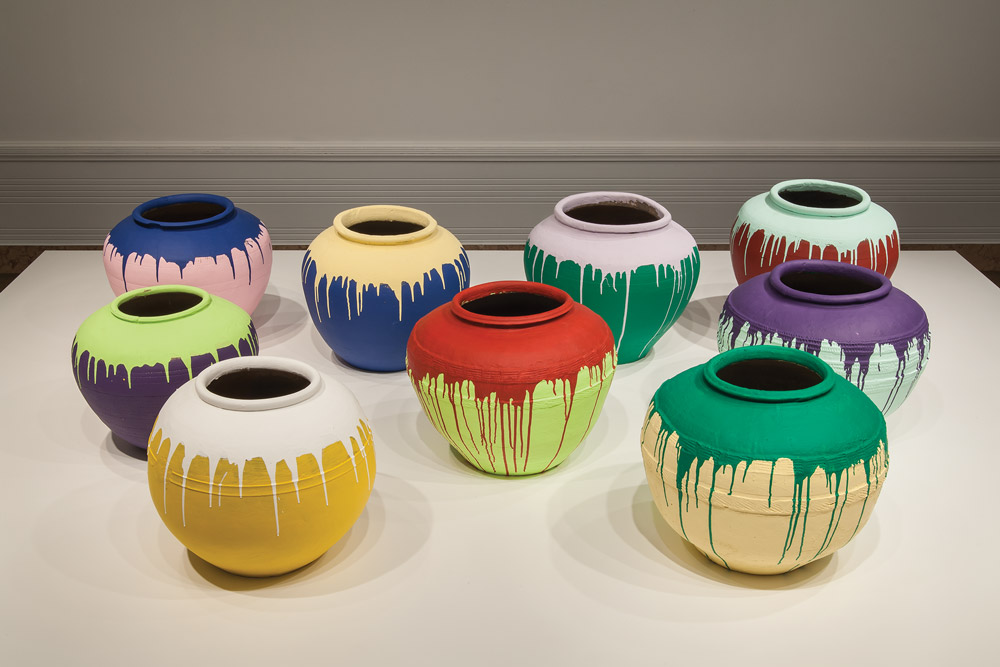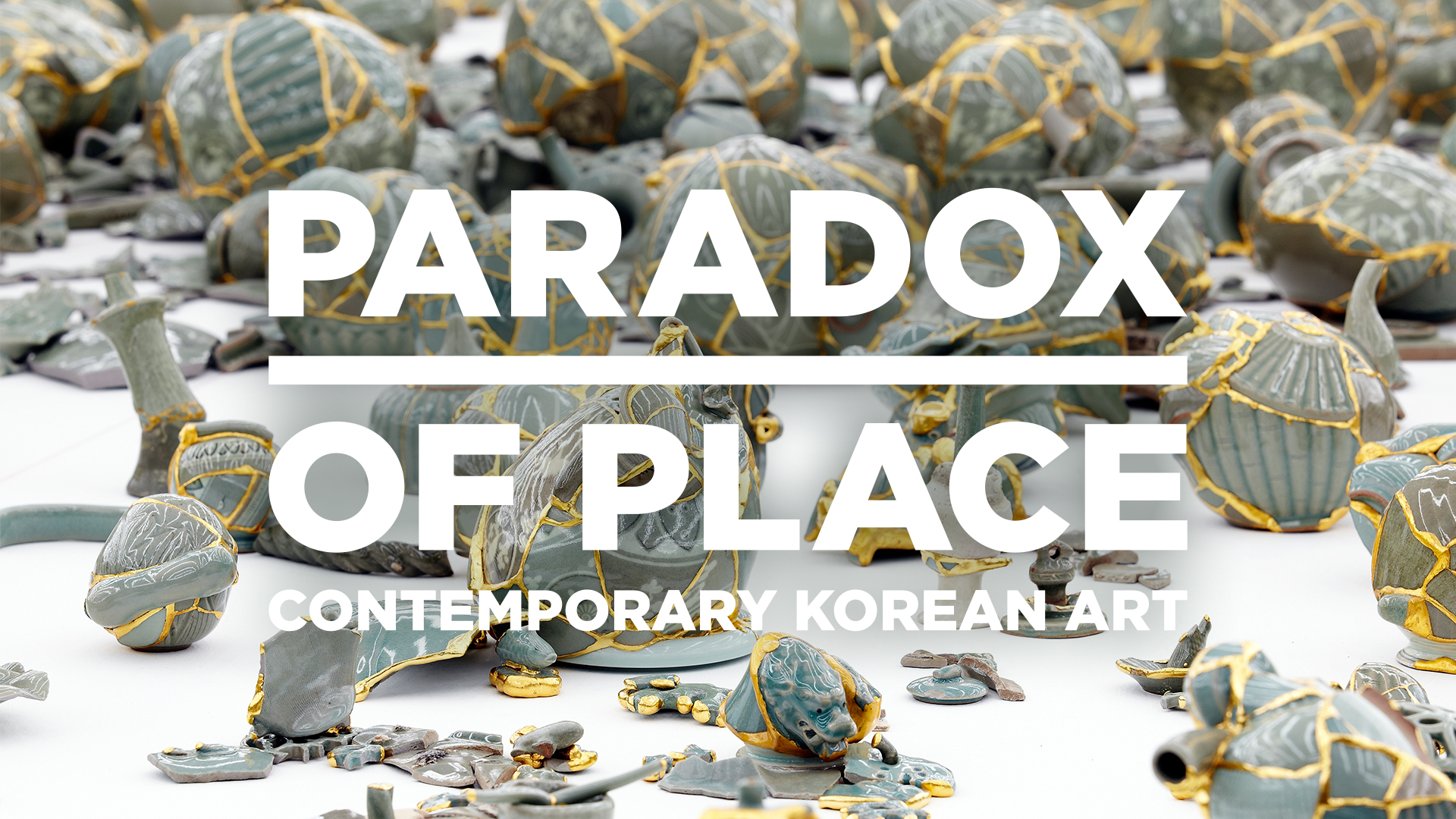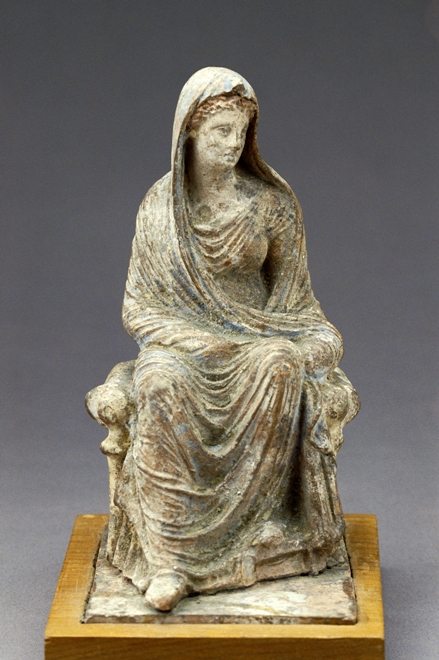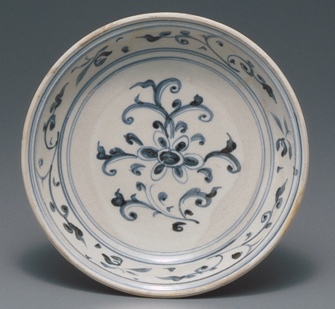Poke in the Eye: Art of the West Coast Counterculture is now on view at SAM! This homegrown exhibition features 87 ceramics, sculptures, paintings, and drawings from SAM’s collection—some of which are being shown for the first time. Throughout the run of the exhibition, we’ll be periodically sharing insight on a few of the eclectic artworks on view. Stay tuned for more object spotlights to come.
Poke in the Eye is all about encounters with the odd and unusual as well as challenging expectations of what you’ll find in a museum. Patti Warashina’s Red Hot Pot (1969) embodies this spirit with more than just tongue-in-cheek humor.
The shape of Red Hot Pot is not a standard form like the ceramic vessels that we use everyday. The large, curved rectangular white base with a black bottom edge resembles a toaster. But instead of toast emerging from this form, a bright pink tongue pops out from a pair of large red-orange lips and teeth. The shiny finish on the surface makes the lips look picture-perfect, glossy, and red hot, as the title says.
Red Hot Pot is part of Warashina’s Basket and Loaf series where the forms (in this case a loaf) allude to themes of food and the kitchen, traditionally associated with women. Starting her career in the 1960s in a male-dominated art world and the rise of second wave feminism, Warashina often critiqued gender stereotypes and the sexualization of women’s bodies. Curvy vases have long been associated with women’s bodies and their reproductive capabilities, as vessels that can be filled. Warashina’s Faucet Pot (ca. 1966), also on view in Poke in the Eye, critiques this symbolism explicitly.
Likewise, the plump lips of Red Hot Pot mimic a seductively red mouth, but the tongue sticking out seems like an act of defiance. The lips aren’t blowing a kiss, but are drawn into a smile, poking fun at us for looking.
In isolating the lips and removing the rest of the face, Warashina draws attention to how sexualized a woman’s mouth can be, but also makes it more peculiar in this context. Warashina was inspired by Surrealist artists like Rene Magritte and Marcel Duchamp who are known for their strange, dreamlike scenarios that demand we inspect the mundane more closely.1 Red Hot Pot is definitely dreamlike, or maybe nightmare-ish, adding a mouth to this inanimate object.
Talking about her work recently, Warshina said, “I like things that are not quite right, they’re kind of loony… The parts and pieces fit together and if they kind of go against each other that’s even better. You know, I don’t like things to be too logical. I like things that are kind of disturbed.”2
Warashina grew up in Spokane, Washington where her father, a Japanese immigrant, and her mother, a second-generation Japanese American, encouraged her education. However, they didn’t envision Warashina becoming an artist, and neither did she. Warahina attended the University of Washington intending to get a practical degree to work as a dental hygienist. When she took her first elective art classes, however, she fell in love with clay and experimenting with its techniques. Warashina returned to teach at the University of Washington from 1970 to 1995. In 2024, she received the UW Alumni Association’s Golden Graduate Distinguished Alumnus Award.3
Throughout her career, Warashina was inspired by her fellow artists, especially those on the West Coast like Peter Voulkos, Viola Frey, David Gilhooly, and Howard Kottler, who were exploring different ceramic techniques, modes of humor, and figurative forms. Abstract art had become a dominant force in the art world, especially on the East Coast, with Abstract Expressionism from artists like Jackson Pollock and Mark Rothko and Minimalism from the likes of Donald Judd and Frank Stella. However, art departments at universities like the University of California, Davis, UC Berkeley, and the University of Washington became hubs for alternative approaches, rejecting abstraction, and typical materials like paint and canvas.
Art history in Europe and the US has tended to focus on paintings and sculpture (usually carving from marble or stone), Meanwhile, more everyday and functional materials like textiles and ceramics have been relegated to the category of “craft.” But many of the artists in Poke in the Eye like Patti Warashina pushed ceramics, and other materials like fiber and neon, to new possibilities and built the art world of today that recognizes extraordinary artists in any medium.
When talking about the divide between what is art and what is not, Warashina defined it for herself: “When I come in and I see something that raises my blood pressure, then I know that there is something more than just a bowl or a sculpture or a painting. It makes me react to the painting chemically in my body. And that’s when I know—or music, you know. It makes my body react. And that is my way of judging whether, I guess, quote, whether it’s art or not… It alters your being.”4
Red Hot Pot, though it might cause confusion, discomfort, or even a laugh, provokes a reaction and that is what Warashina is looking for. To hear more from Patti Warashina herself, watch her recent SAM Talks conversation with Carrie Dedon, SAM Associate Curator of Modern and Contemporary Art.
– Nicole Block, SAM Collections Associate
1 “UW ceramic arts program is in good hands with Patti Warashina,” UW Magazine, December 1, 2007, https://magazine.washington.edu/feature/the-wonder-of-patti-warashina/.
2 Airstream Turkey by Patti Wararshina, audio tour, Seattle Art Museum, 2024, https://www1.seattleartmuseum.org/tours/media/1544.
3 “Ceramic artist Patti Warashina Receives UW Alumni Association Golden Graduate Award.” UW Magazine, 2024, https://magazine.washington.edu/feature/ceramic-artist-patti-warashina-receives-uw-alumni-association-golden-graduate-award/.
4 Doug Jeck oral history interview with Patti Warashina, September 8, 2005, accessed September 13, 2017, https://www.aaa.si.edu/collections/interviews/oral-history-interview-patti-warashina-12864.
Images: Red Hot Pot, 1969, Patti Warashina, American, born 1940, ceramic with glaze, 11 x 19 1/4 x 19 in. (27.9 x 48.9 x 48.3 cm), Gift of Lucy and Herb Pruzan, 2023.23.3 © Patti Warashina, photo: Scott Leen. Photo: Chloe Collyer.
